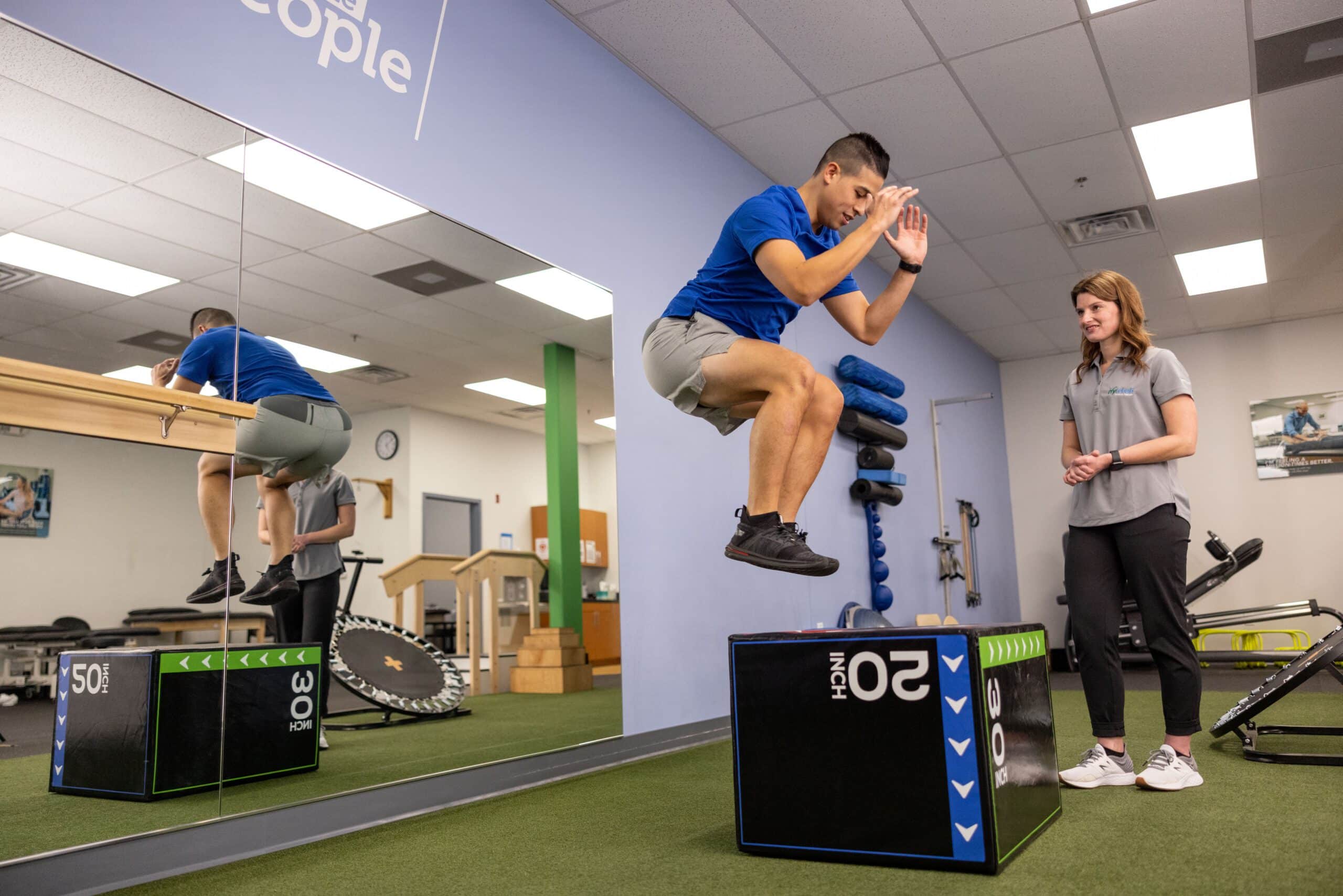Investigating the Varied Techniques of Physiotherapeutic Therapy for Improved Recovery and Rehabilitation
Investigating the Varied Techniques of Physiotherapeutic Therapy for Improved Recovery and Rehabilitation
Blog Article
Physical rehabilitation is an essential discipline that helps people recover from traumas, operations, and multiple health conditions. It entails a variety of methods aimed to enhance movement, reduce discomfort, and boost general physical function. Physiotherapy practitioners are qualified experts who evaluate each client’s requirements and develop personalized care plans. These plans often consist of workouts, hands-on treatment, and education about physical movements. By using these diverse approaches, physiotherapy can substantially enhance a patient’s quality of life.
One frequent technique used in physical is rehabilitative activity. This involves specific movements and exercises that help strengthen muscle strength, enhance flexibility, and increase stamina. For instance, a patient rehabilitating from leg surgery may perform exercises that focus on restoring power in the leg muscle groups. These activities are carefully selected based on the individual’s condition and goals. By incrementally boosting the difficulty and challenges of the activities, physical practitioners can help clients recover their strength and movement over a period.
Another important method is manual therapy, which comprises hands-on methods to adjust the body’s tender muscles and articulations. This can entail flexibility exercises, mobilization, and manipulation. Manual therapy seeks to relieve discomfort, reduce swelling, and enhance circulation. For example, a practitioner may use gentle force to ease tension in stiff muscles or to assist a joint move more smoothly. This technique is often combined with other therapies to enhance rehabilitation and promote recovery. Patients often consider manual therapy to be a soothing and beneficial way to manage their pain.
In furthermore to exercises and hands-on therapy, instruction plays a crucial part in physical. Practitioners teach patients about their issues and how to manage them efficiently. This may include advice on proper alignment, body movements, and strategies to prevent subsequent traumas. For instance, a therapist might demonstrate a patient how to raise heavy items safely to prevent straining their spine. By empowering clients with knowledge, physical practitioners help them assume an active part in their recovery and promote long-term health and fitness.
Ultimately, technology is progressively being integrated into physiotherapy practices. Devices such as ultrasound, electrotherapy stimulation, and immersive reality can improve conventional treatment approaches. These tools can assist alleviate pain, encourage recovery, and provide engaging ways for patients to engage in their rehabilitation. For instance, virtual environments can create immersive settings for clients to rehearse browse around this website actions in a safe plus protected setting. As advancements continues to evolve, it provides exciting possibilities for enhancing recovery results in physical.
In conclusion, physiotherapy encompasses a range of methods that work in unison to support rehabilitation and healing. Through therapeutic activities, hands-on therapy, client instruction, and the application of technology, physiotherapy therapists provide holistic care tailored to each patient’s requirements. This holistic method not only helps clients regain their bodily abilities but also empowers them to sustain their well-being in the long future. As more people acknowledge the advantages of physical, it remains to serve a vital part in the pathway toward improved health and fitness.